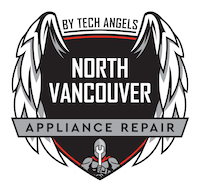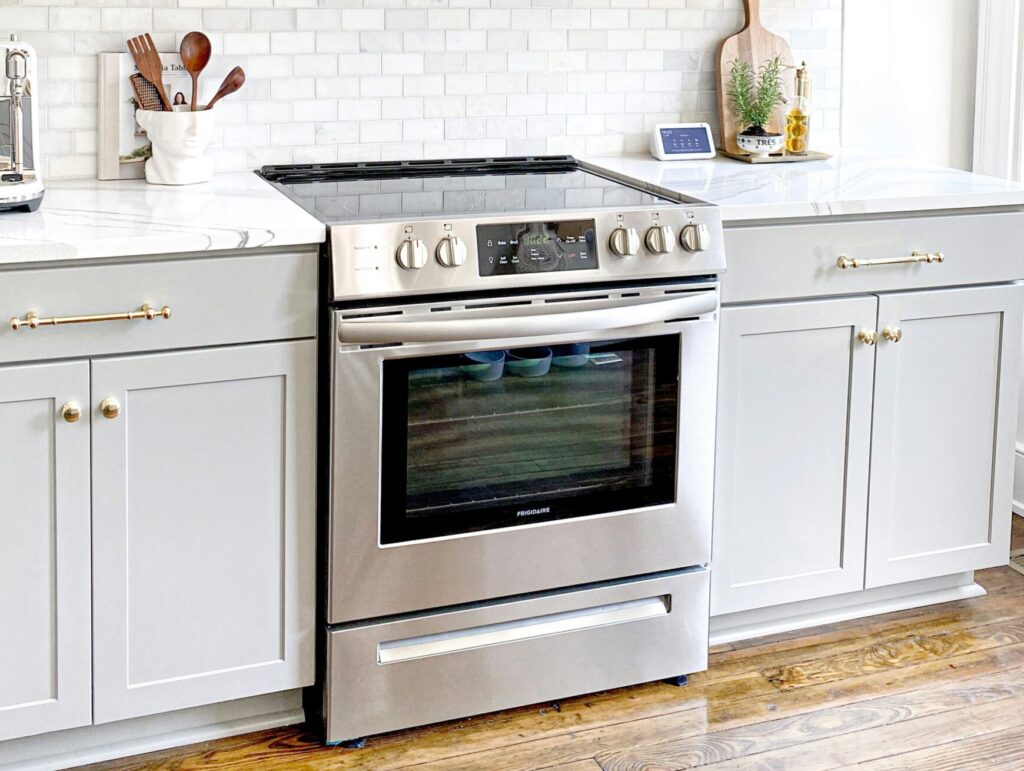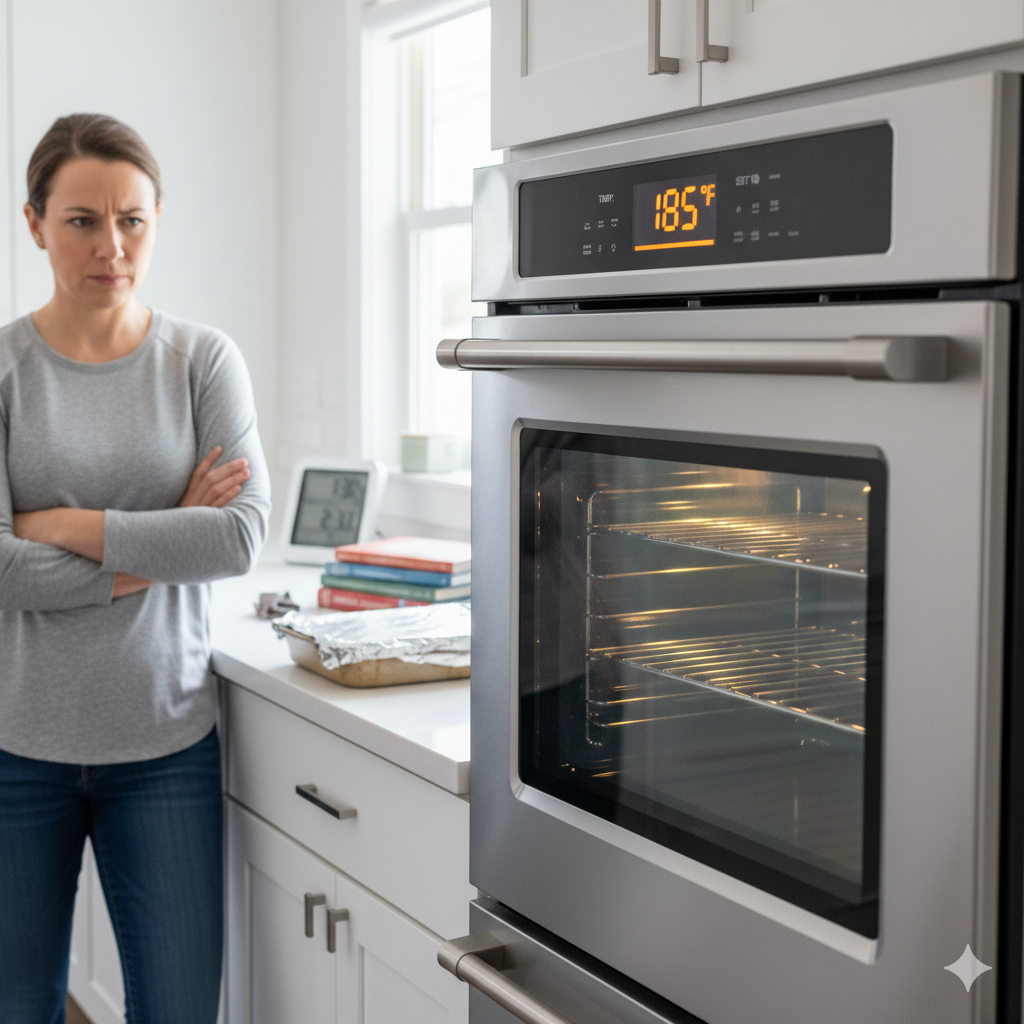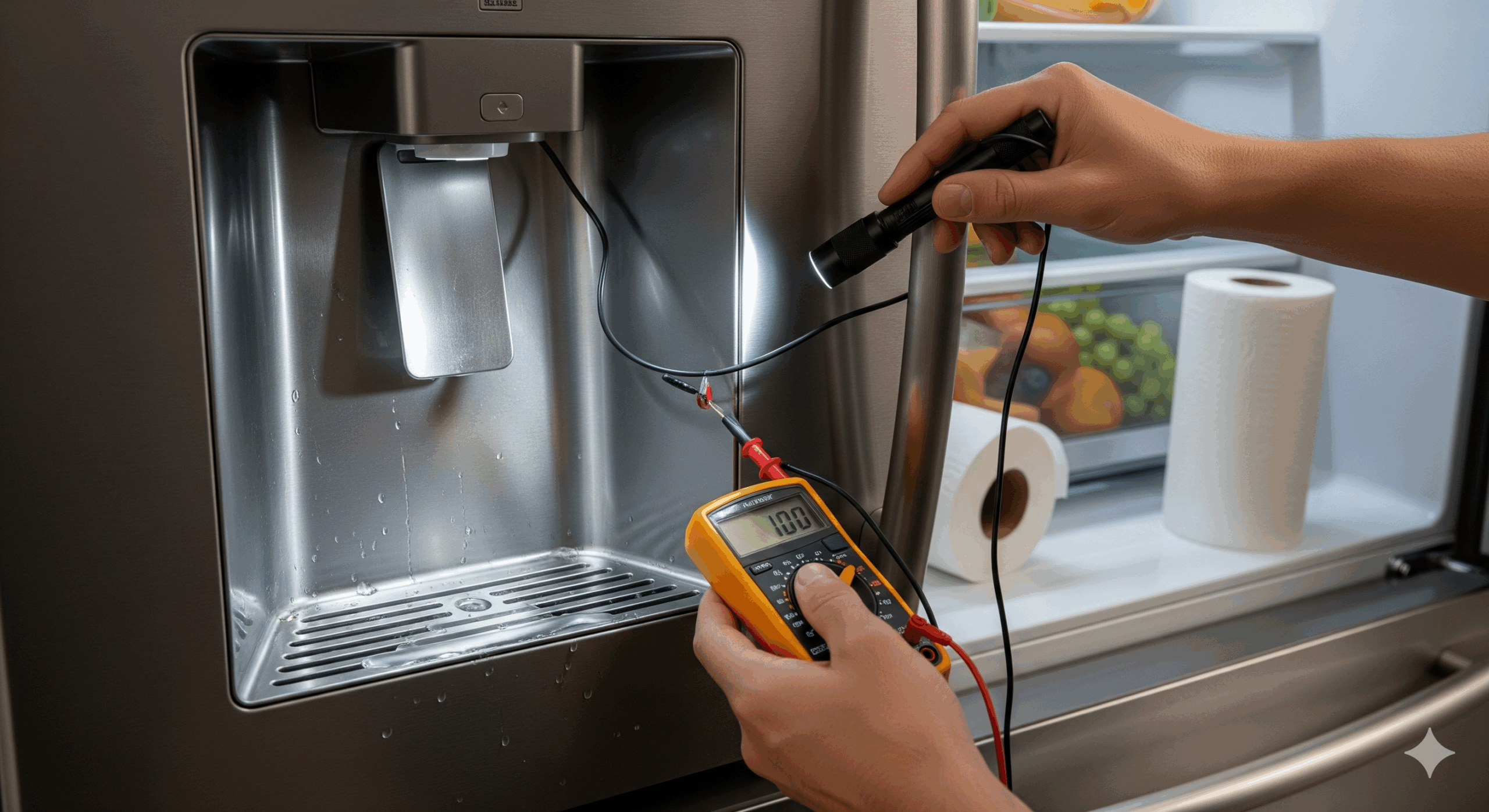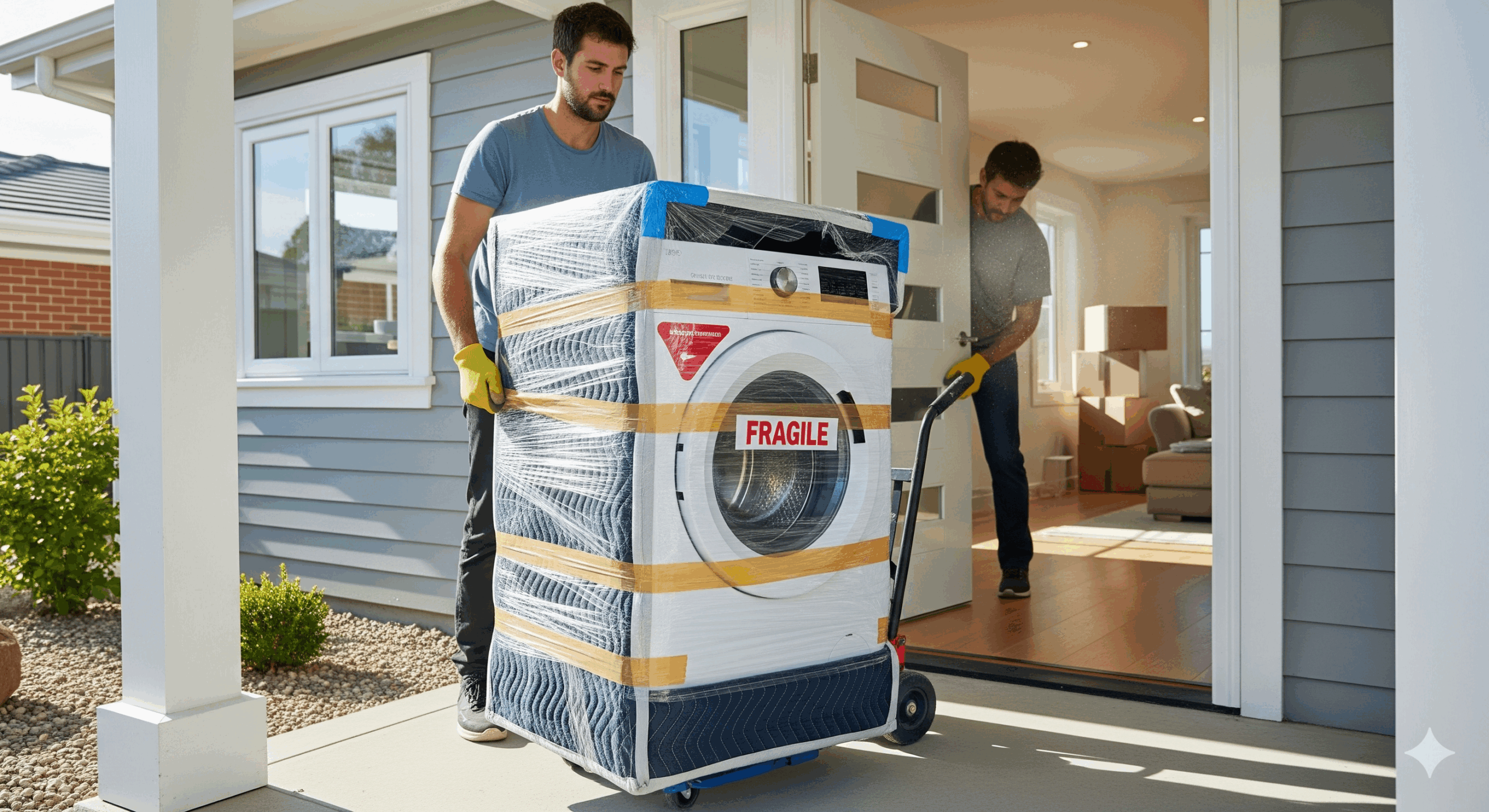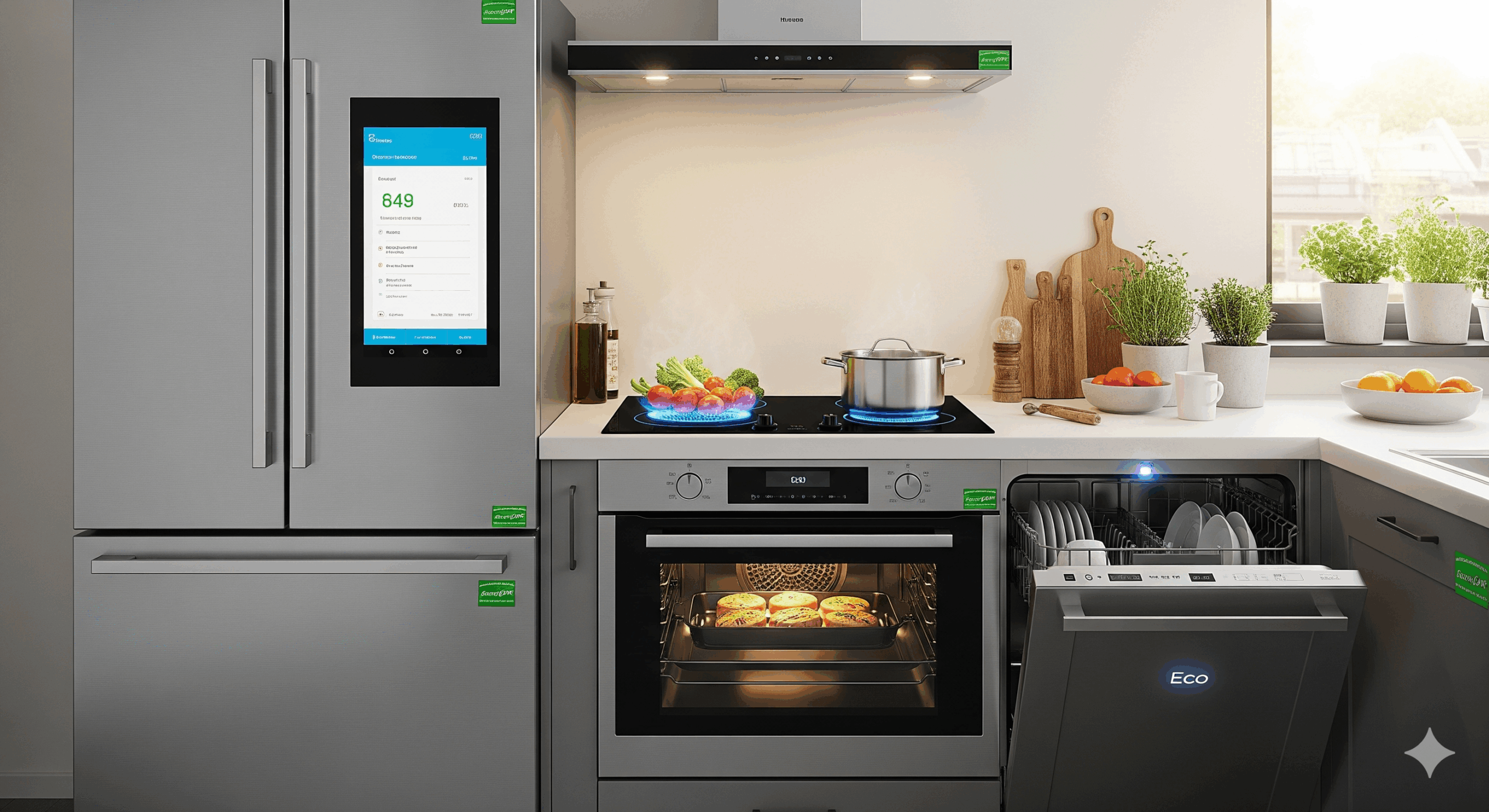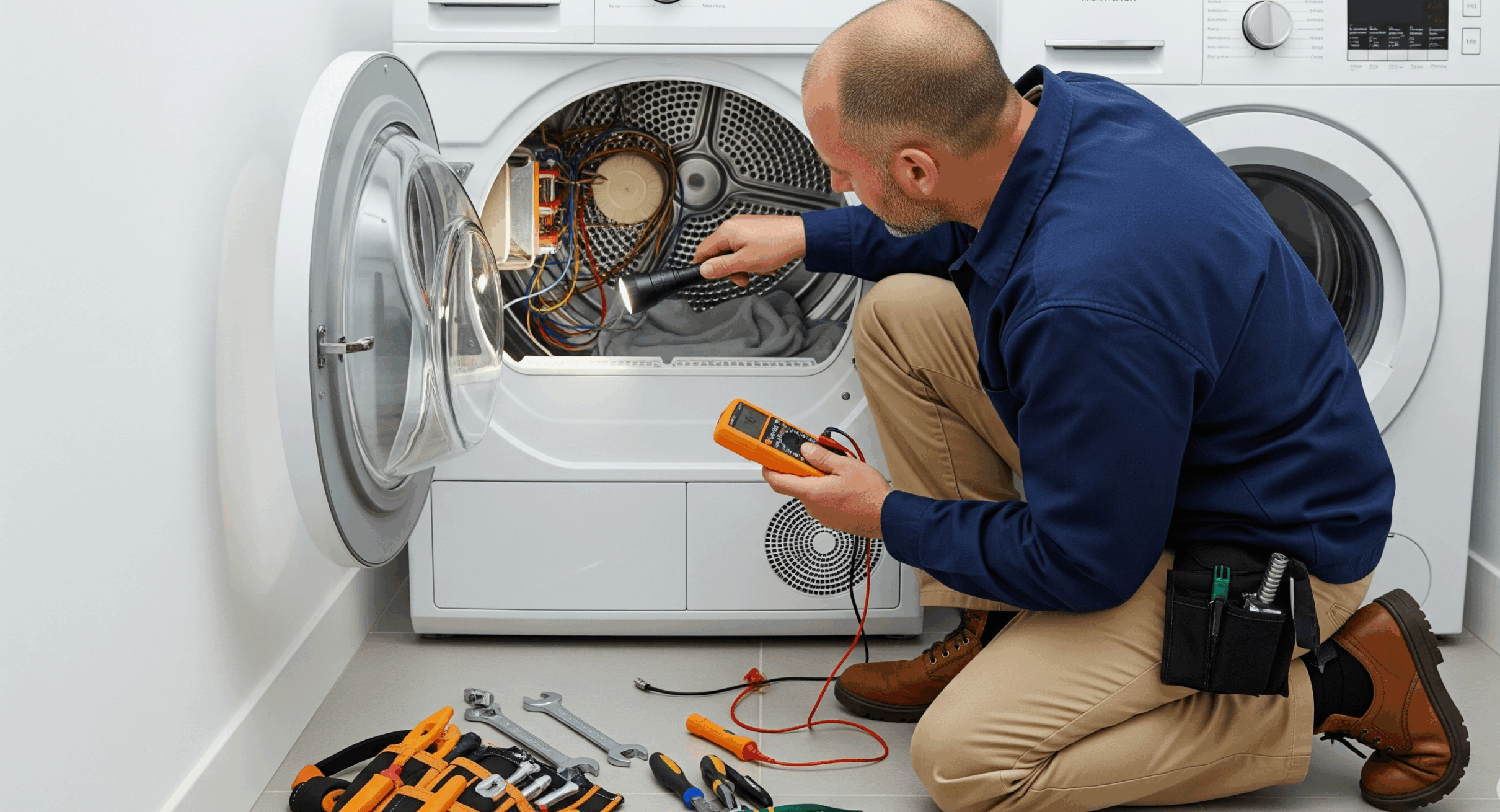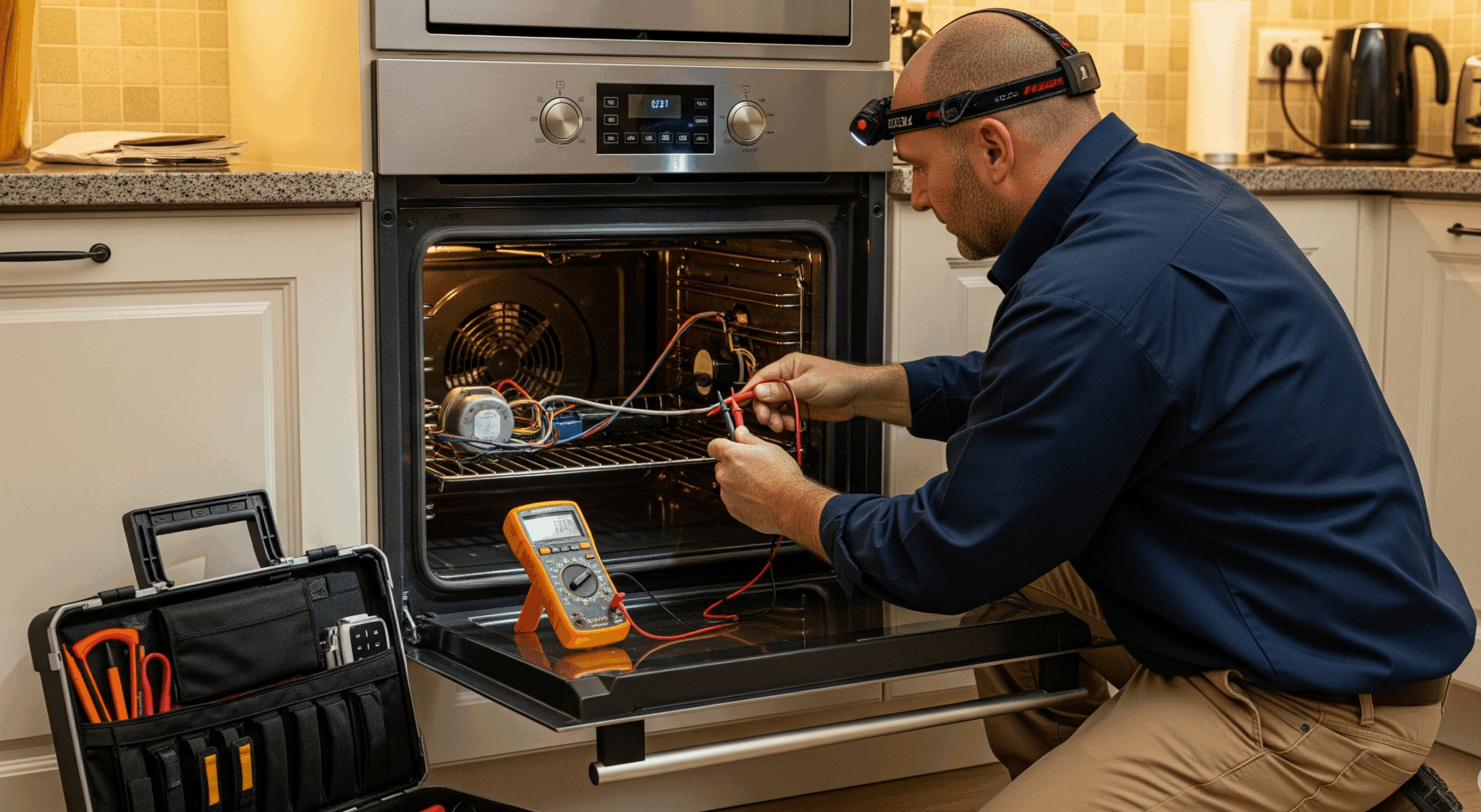Uneven cooking in an oven can be a frustrating issue, turning your baking dreams into culinary disappointments. Whether it’s a batch of cookies with one side burnt and the other underdone or a roast that’s unevenly cooked, an oven that doesn’t heat consistently can disrupt your kitchen routine. This comprehensive guide explores the top five reasons your oven might be cooking unevenly, offering practical troubleshooting tips and solutions to restore its performance. For residents of North Vancouver, we’ll also highlight how North Vancouver Appliance Repair can provide expert assistance when DIY fixes fall short.
Understanding Uneven Cooking
Before diving into the causes, let’s clarify what uneven cooking means. Uneven cooking occurs when food in different parts of the oven cooks at different rates, resulting in inconsistent browning, texture, or doneness. This can manifest as one side of a dish being overcooked while the other remains raw, or the top of a cake browning faster than the bottom. The culprits often lie in the oven’s heating system, air circulation, or user habits. Let’s explore the top five reasons and how to address them.
Reason 1: Faulty Heating Elements
What Are Heating Elements?
Ovens typically have two heating elements: one at the bottom for baking and one at the top for broiling. In some models, additional elements surround the convection fan. If one or both elements are malfunctioning, the oven may heat unevenly, causing hot spots or undercooked areas.
Symptoms of Faulty Heating Elements
- One side of the oven is significantly hotter or cooler than the other.
- Food near the top or bottom cooks faster than the rest.
- The oven takes longer to preheat or doesn’t reach the set temperature.
How to Diagnose
- Visual Inspection: Turn on the oven and observe the heating elements. They should glow red when functioning. A dim or non-glowing element indicates a problem.
- Test with a Multimeter: Unplug the oven and use a multimeter to check the element’s continuity. No continuity means the element is faulty and needs replacement.
- Check for Damage: Look for visible signs of wear, such as cracks, blisters, or burn marks on the element.
Solutions
- Replace the Element: Replacing a heating element is straightforward for those comfortable with appliance repairs. Refer to your oven’s manual for instructions on accessing and replacing the element. Ensure you purchase a compatible part for your brand, such as Whirlpool, Samsung, or GE.
- Professional Help: If you’re unsure about handling electrical components, contact North Vancouver Appliance Repair. Our skilled technicians can replace heating elements quickly, using genuine parts to ensure long-lasting performance. Visit northvancouverappliance.ca to schedule a service call.
Prevention Tip
Regularly inspect your oven’s elements for signs of wear and avoid using harsh cleaners that can damage them. Annual maintenance from North Vancouver Appliance Repair can catch issues early, keeping your oven in top shape.
Reason 2: Poor Air Circulation (Convection Issues)
The Role of Convection
Convection ovens use a fan to circulate hot air, ensuring even heat distribution. Even in non-convection ovens, air circulation plays a role in consistent cooking. If the fan or airflow is compromised, you’ll notice uneven cooking, especially in larger dishes or multiple trays.
Symptoms of Poor Air Circulation
- Food on one rack cooks faster than another.
- Uneven browning across a single tray.
- The oven feels hotter in certain areas.
How to Diagnose
- Check the Fan: For convection ovens, listen for the fan during operation. A weak or noisy fan may indicate a problem. Ensure the fan blades aren’t obstructed by debris.
- Inspect Vents: Ensure the oven’s internal vents aren’t blocked by food splatter or grease buildup.
- Test with a Baking Experiment: Place slices of white bread across a baking sheet and bake at 350°F for 10 minutes. Uneven browning suggests poor air circulation.
Solutions
- Clean the Fan and Vents: Unplug the oven and clean the fan blades and vents with a damp cloth. Avoid using excessive water to prevent electrical damage.
- Replace a Faulty Fan: If the fan is malfunctioning, it may need replacement. This requires disassembling parts of the oven, so consider professional assistance.
- Adjust Rack Placement: Ensure racks are positioned centrally to allow proper airflow. Avoid overcrowding the oven with too many trays.
For complex fan repairs, North Vancouver Appliance Repair offers expert service for all major oven brands, including Bosch, LG, and Maytag. Our technicians can restore proper air circulation, ensuring your oven cooks evenly every time.
Prevention Tip
Clean your oven regularly to prevent grease buildup, and avoid placing large pans that block airflow. Schedule a maintenance check with North Vancouver Appliance Repair to keep your convection system running smoothly.
Reason 3: Malfunctioning Thermostat or Temperature Sensor
The Importance of Temperature Control
The thermostat or temperature sensor regulates the oven’s heat, ensuring it maintains the set temperature. A faulty sensor can cause temperature fluctuations, leading to uneven cooking.
Symptoms of Thermostat Issues
- The oven overheats or underheats compared to the set temperature.
- Food cooks inconsistently, with some areas underdone.
- Error codes related to temperature on the oven’s display.
How to Diagnose
- Use an Oven Thermometer: Place an oven-safe thermometer inside and preheat to 350°F. Compare the thermometer reading to the set temperature. A discrepancy of more than 25°F suggests a problem.
- Check the Sensor: The temperature sensor is usually a probe inside the oven. Use a multimeter to test its resistance (typically around 1,100 ohms at room temperature). Incorrect readings indicate a faulty sensor.
- Inspect Wiring: Loose or damaged wiring to the sensor or thermostat can cause issues.
Solutions
- Recalibrate the Thermostat: Some ovens allow recalibration via the control panel (check your manual). Follow the instructions to adjust the temperature settings.
- Replace the Sensor: Replacing a temperature sensor is moderately complex but doable with basic tools. Ensure you get the correct part for your oven model.
- Call a Professional: Thermostat repairs often involve the control board, which requires expertise. North Vancouver Appliance Repair specializes in diagnosing and fixing temperature-related issues, ensuring precise cooking results.
Prevention Tip
Avoid sudden temperature changes (e.g., switching from baking to broiling) to reduce stress on the thermostat. Regular maintenance from North Vancouver Appliance Repair can help calibrate and test your oven’s temperature system.
Reason 4: Improper Rack Placement or Overcrowding
User Habits and Oven Performance
Sometimes, uneven cooking isn’t due to a mechanical fault but rather how you use the oven. Improper rack placement or overcrowding can disrupt heat distribution, causing inconsistent results.
Symptoms of Rack or Loading Issues
- Food on the top rack browns faster than the bottom.
- Large pans block heat from reaching other areas.
- Multiple trays cause uneven cooking across dishes.
How to Diagnose
- Review Rack Position: Check your oven manual for recommended rack positions for baking, roasting, or broiling. Incorrect placement can expose food to uneven heat.
- Assess Load Size: Overcrowding the oven with multiple pans restricts airflow, creating hot and cold spots.
- Test with a Single Tray: Bake a single tray of cookies or bread in the center of the oven. If results improve, the issue is likely user-related.
Solutions
- Optimize Rack Placement: Place racks in the middle of the oven for most baking tasks. For multi-rack baking, rotate trays halfway through cooking.
- Avoid Overcrowding: Leave space between pans to allow air circulation. Use smaller batches if necessary.
- Use Convection Mode: If your oven has a convection setting, use it to improve airflow and evenness.
For persistent issues, North Vancouver Appliance Repair can assess whether your oven’s design contributes to uneven cooking and recommend solutions, such as upgrading to a convection model.
Prevention Tip
Follow recipe guidelines for rack placement and avoid overloading the oven. Consult North Vancouver Appliance Repair for advice on optimizing your oven’s performance for specific cooking tasks.
Reason 5: Worn or Damaged Door Seals
The Role of Door Seals
The oven door’s gasket (seal) ensures heat stays inside, maintaining consistent temperatures. A worn or damaged seal allows heat to escape, creating uneven cooking conditions, especially near the door.
Symptoms of Faulty Door Seals
- The oven door feels hot to the touch.
- Heat escapes during cooking, noticeable near the door.
- Food near the door cooks slower than the rest.
How to Diagnose
- Inspect the Gasket: Look for cracks, tears, or looseness in the rubber seal around the oven door.
- Perform the Paper Test: Close the oven door on a piece of paper. If you can pull it out easily, the seal isn’t tight enough.
- condamned Check for Heat Escape: Run the oven at 350°F and feel around the door for escaping heat.
Solutions
- Replace the Gasket: Replacing a door seal is a simple DIY task. Purchase a compatible gasket and follow your manual’s instructions to install it.
- Clean the Seal: Remove grease or debris from the gasket to improve its seal.
- Professional Service: If the door itself is misaligned, it may affect the seal. North Vancouver Appliance Repaircan realign doors and replace gaskets, ensuring a perfect.
